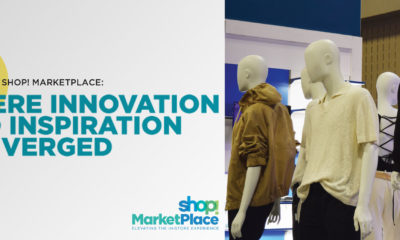Headlines
Walmart to Create Green Label Index
Will ask suppliers to provide product’s environmental impact to create universal rating system
MasterClass: ‘Re-Sparkling’ Retail: Using Store Design to Build Trust, Faith and Brand Loyalty
HOW CAN WE EMPOWER and inspire senior leaders to see design as an investment for future retail growth? This session, led by retail design expert Ian Johnston from Quinine Design, explores how physical stores remain unmatched in the ability to build trust, faith, and loyalty with your customers, ultimately driving shareholder value.
Presented by:
Ian Johnston
Founder and Creative Director, Quinine Design
-
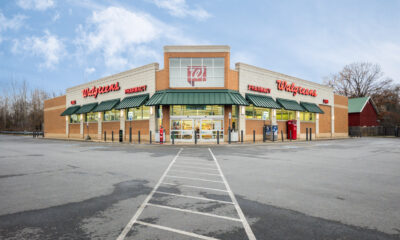
 Headlines7 days ago
Headlines7 days agoWalgreens Eyes Closing 2000-Plus Stores
-

 Headlines1 week ago
Headlines1 week agoHooters Shutters 40 Restaurants
-

 Headlines1 week ago
Headlines1 week agoPerkins Updating Its Restaurants’ Look
-

 Headlines2 weeks ago
Headlines2 weeks agoTarget Equipping Workers With AI Chatbot
-
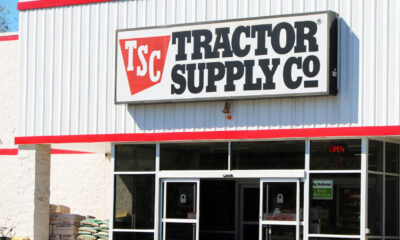
 Headlines4 days ago
Headlines4 days agoTractor Supply Drops DEI, Pride and Emission Initiatives
-

 Specialty Non-Apparel2 weeks ago
Specialty Non-Apparel2 weeks agoPower Cycle
-
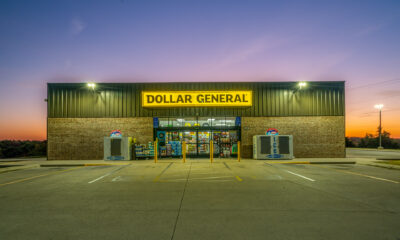
 Headlines2 weeks ago
Headlines2 weeks agoDollar General Fills More Leadership Roles
-
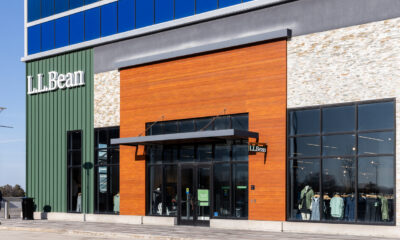
 Headlines1 week ago
Headlines1 week agoL.L.Bean Opening Quartet of Stores in ’24

